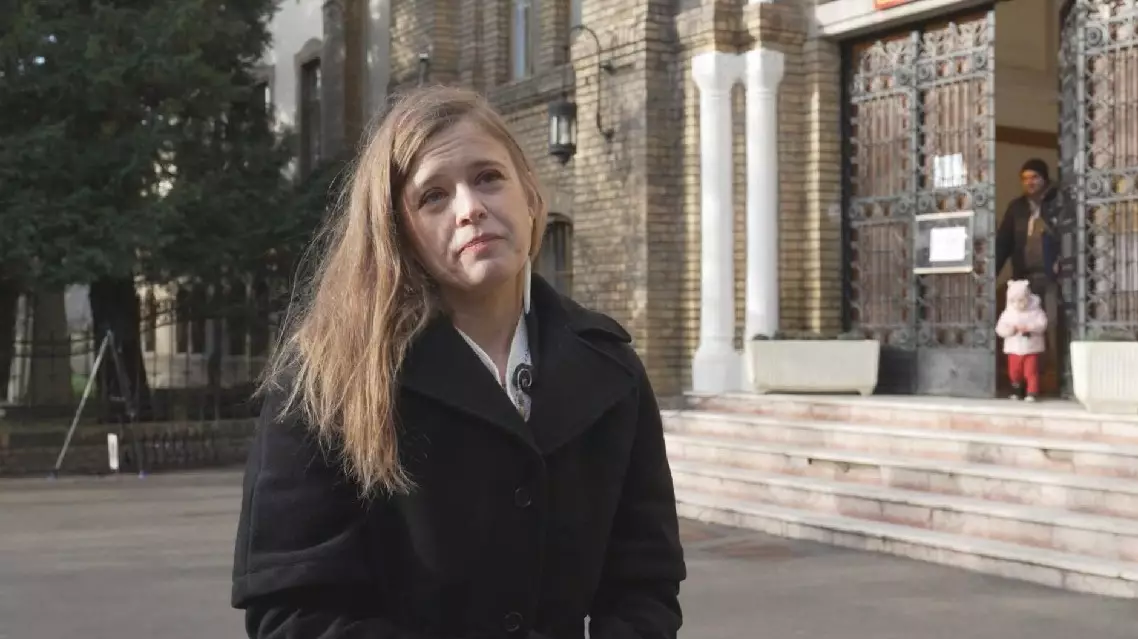Romania's Constitutional Court has rejected a petition by presidential candidate Cristian Terhes to annul the results of the first round of the presidential election, paving the way for a potential second-round vote next Sunday.
The decision comes amid heightened political tensions, with results from Sunday's parliamentary elections revealing no clear majority for any party, further complicating the country's political landscape.
The Constitutional Court is expected to deliver a final ruling on Tuesday, which will determine whether the second round of the presidential election proceeds as planned. If confirmed, the runoff is likely to deepen Romania's already pronounced political divisions.
Despite failing to secure first place in the parliamentary elections, there was optimism at the headquarters of the far-right Alliance for the Union of Romanians (AUR), where supporters celebrated what leader George Simion called a "vindication" and a "victory for the right." Simion's party has gained significant momentum, reflecting growing disenchantment with Romania's traditional political establishment.
Meanwhile, the mood was more subdued at the headquarters of the ruling Social Democratic Party (PSD). Leaders acknowledged the challenges ahead, with the party facing difficulty forming a new coalition government without making significant policy concessions. Negotiations are expected to be arduous and could prolong the political uncertainty.
For supporters of the progressive Save Romania Union (USR), the timing of the elections has been a source of frustration. Romania's decision to hold parliamentary elections between the two rounds of the presidential vote has drawn criticism for creating confusion and limiting the time for proper debate.
"I think it was a bad experiment from the side of the government to hold parliamentary elections between the two rounds of the presidential elections, because it creates a lot of confusion and chaos and parliamentary elections deserve much more debate," said Alina Girbea, a USR supporter.
The USR's candidate is seen as particularly vulnerable to voter fatigue, with some fearing that holding three elections in two weeks may hurt turnout among their base.
The parliamentary vote also underscored the growing influence of far-right and nationalist rhetoric in Romania. Calin Gorgescu, a candidate known for his anti-NATO and anti-EU stance, performed strongly, with more than 2 million Romanians voting for far-right candidates.
Political consultant Raul Olajos sees this as a reflection of deep dissatisfaction with establishment parties.
"We have to recognize that more than 2 million Romanians voted for a far-right candidate who has a strong popular support. After all, the reality is that (many) Romanians are not satisfied at all with the traditional establishment Romanian parties," he said.
As Romania heads toward a likely second round of the presidential election, the political landscape remains fractured. The results of both the parliamentary and presidential votes highlight the country's deep divides, with no easy path to consensus.
The next week will be pivotal for Romania's future, as the Constitutional Court's final decision and subsequent coalition talks could shape the nation's political direction for years to come.

Romania faces political uncertainty as court rejects presidential candidate’s petition

Romania faces political uncertainty as court rejects presidential candidate’s petition









